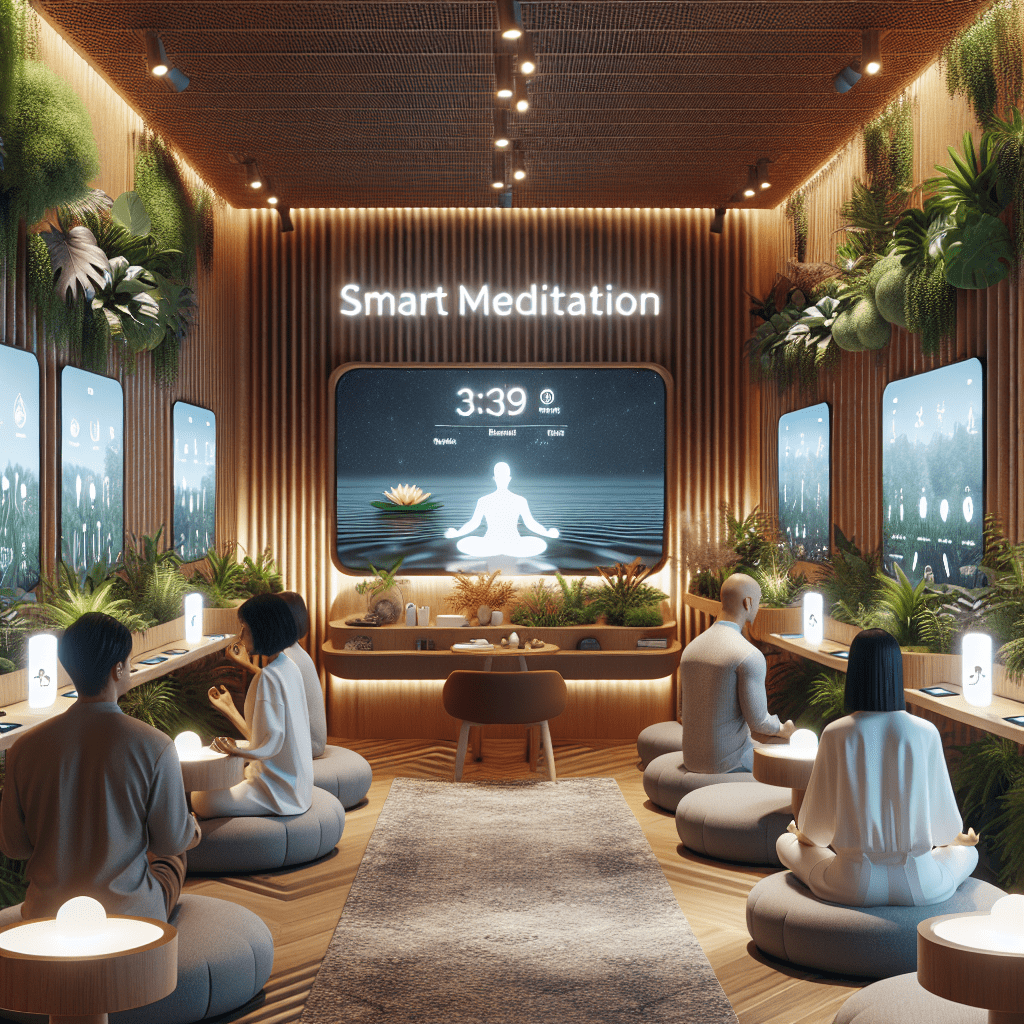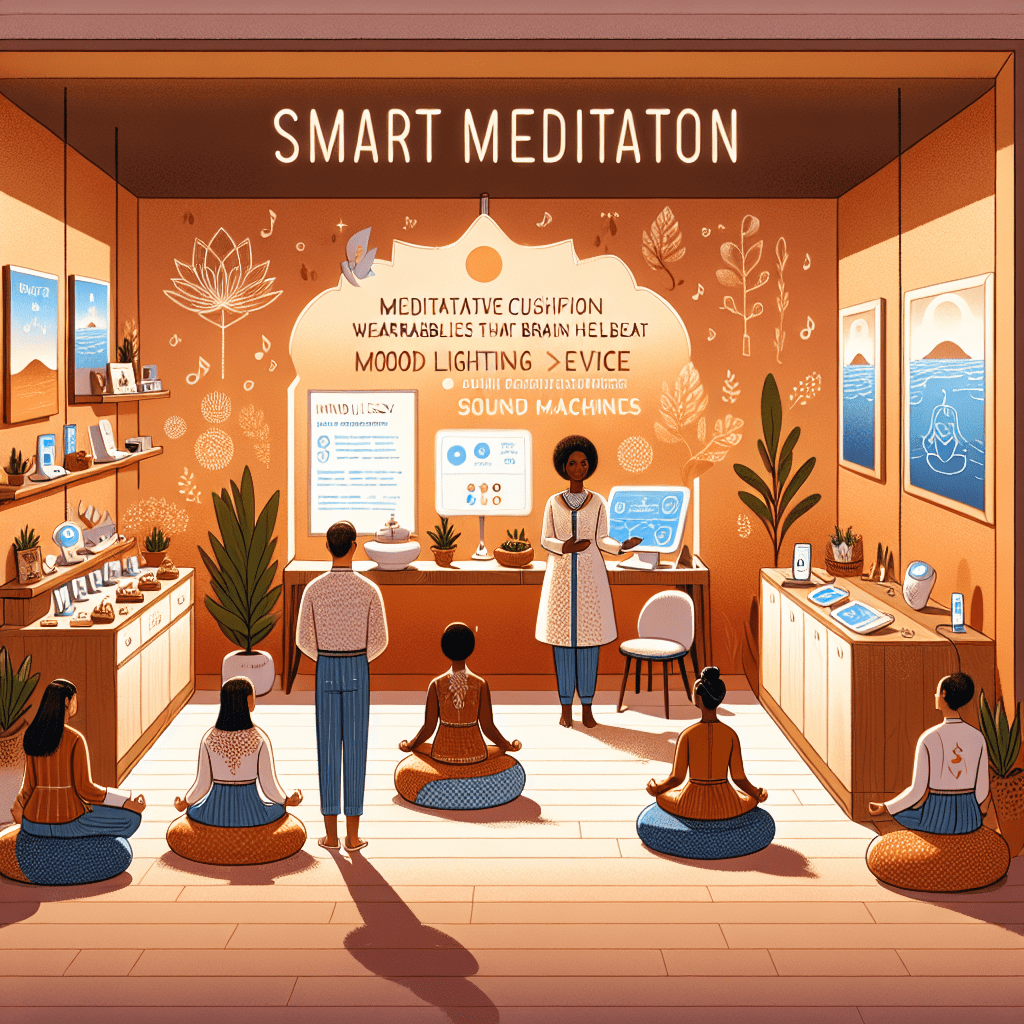
Prioritize your mental well-being daily. Enhance your life by nurturing your mental health with the Smart Meditation app. Break free from stress, alleviate anxiety, and enhance your sleep quality starting today.
What Is Synesthesia Meditation?
Unveiling the Spectrum: A Journey into Synesthesia Meditation
Imagine a world where every note of your favorite song paints a vibrant landscape in your mind, or where every word spoken weaves a vivid tapestry of colors. Welcome to the remarkable realm of synesthesia, a neurological condition that blurs the lines between the senses. But, what happens when this extraordinary sensory overlap is melded with the ancient practice of meditation? Enter synesthesia meditation, a groundbreaking and colorful pathway towards mindfulness and inner peace. Let’s dive into this intriguing confluence of the senses, shall we?
Synesthesia Meditation: A Symphony of the Senses
At its core, synesthesia is a phenomenon where stimulation of one sensory or cognitive pathway leads to automatic, involuntary experiences in a second sensory or cognitive pathway. Some individuals might see numbers as inherently colored, while others may taste flavors when they hear specific sounds. It’s a bit like having a built-in VR experience, but way cooler and entirely natural.
Now, combine this with meditation, a practice as old as time itself, designed to quiet the mind and foster an intense awareness of the present moment. Synesthesia meditation isn’t about trying to forcibly create synesthetic experiences — that’s a no-go. Instead, it leverages the synesthetic tendencies in individuals who naturally experience the world this way, or it uses techniques to mimic synesthetic experiences, aiming to enhance mindfulness and relaxation.
How Does It Work, Anyway?
The process involves guided imagery, sensory exercises, and mindfulness techniques that aim to engage and intertwine the senses beyond their ordinary experiences. For example, participants might be encouraged to visualize colors as they practice deep breathing or to imagine the taste of words during a chanting session. The idea is to deepen the meditation experience, making it more immersive and engaging, especially for those who are naturally synesthetic.
The Colorful Benefits: Beyond Just Relaxation
While the primary aim of synesthesia meditation is relaxation and mindfulness, the benefits spill over into various areas of life, including:
- Enhanced Creativity: By engaging multiple senses in unconventional ways, individuals often find that their creative capacities expand. It’s like unlocking a new level of imaginative thinking where the rules of reality are a bit more…flexible.
- Improved Emotional Well-being: Participants report heightened emotional responses, but in a good way. They often find it easier to connect with and process their emotions, leading to improved overall mental health.
- Sensory Appreciation: This practice can lead to a newfound appreciation for the everyday sensory experiences we often take for granted. Suddenly, the whistle of the kettle or the hum of the fridge could hold a whole new depth of experience.
- Cognitive Flexibility: Regular practice can enhance one’s ability to think outside the box and make unexpected associations. This cognitive flexibility has implications for problem-solving, creativity, and adaptability.
Who Can Dive Into This Colorful World?
While those with natural synesthetic abilities might find this practice particularly resonant, it’s not exclusive to them. Anyone with a curiosity and willingness to explore their sensory perceptions in new ways can benefit from synesthesia meditation.
So, whether you’re a seasoned meditator looking to add some color to your practice, or a curious newcomer eager to explore the depths of your senses, synesthesia meditation offers a unique and enriching path towards mindfulness and inner peace. Who knows? You just might discover a whole new world within the kaleidoscope of your mind.





